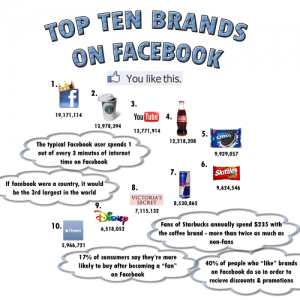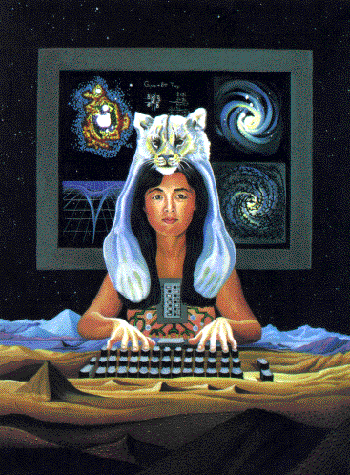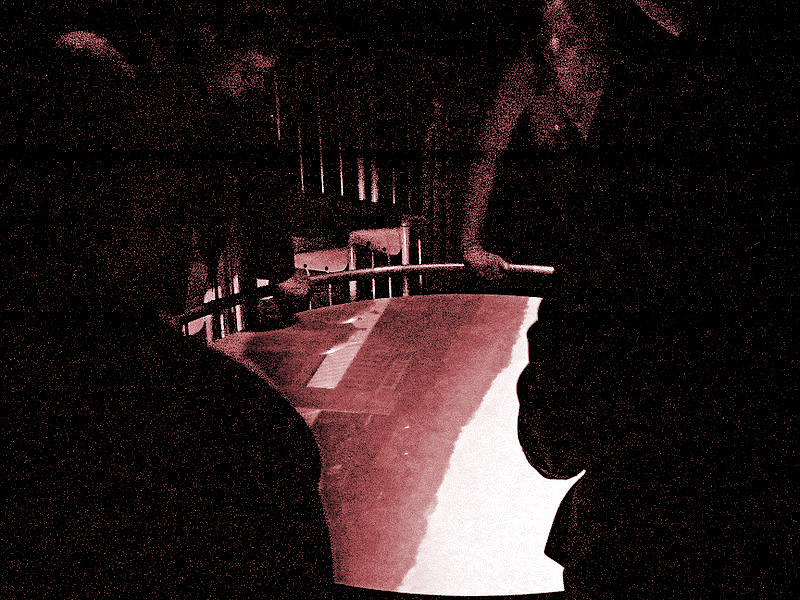 The way in which information is shared in the digital age is headlining the news around many different issues. WikiLeaks is distributing thousands of classified State Department documents; the FFC Chairman is attempting to preserve net neutrality (i.e., the dictum that Internet service providers cannot limit the rate that users access different kinds of legal content); Facebook users are sharing more and more private details of their lives online. Arguably, the same cultural debate is playing out in all of these cases: Is society best served when all information is free, or are we better off if some information remains private?
The way in which information is shared in the digital age is headlining the news around many different issues. WikiLeaks is distributing thousands of classified State Department documents; the FFC Chairman is attempting to preserve net neutrality (i.e., the dictum that Internet service providers cannot limit the rate that users access different kinds of legal content); Facebook users are sharing more and more private details of their lives online. Arguably, the same cultural debate is playing out in all of these cases: Is society best served when all information is free, or are we better off if some information remains private?
Silicon Valley has become a magnet for evangelists of the “information wants to be free” movement, what has come to be known as “cyberlibertarianism.” Supporters often argue that the free flow of information is fundamental to democracy. This is, in fact, the justification behind WikiLeaks’ distribution of confidential, proprietary, or otherwise secret information.
However, it is important to note that many of the most high-profile supporters of a transparent society, where information is free, are Internet companies, like Facebook and Google, that seek profit by collecting and sharing information about their users. Alternatively, companies who would benefit from restricting the flow of information (ISPs like, Comcast and Verizon) tend to oppose the principle that information should be free.
Cyberlibertarianism has range of other critics. Clearly, the government has argued that state interests are threatened by the leaking of information. On a more micro level, many sociologists (including the authors of this post) are concerned that the pressure to constantly share more, and more personal information can be detrimental to individual users of Google, Facebook, and other social-networking sites. more...









